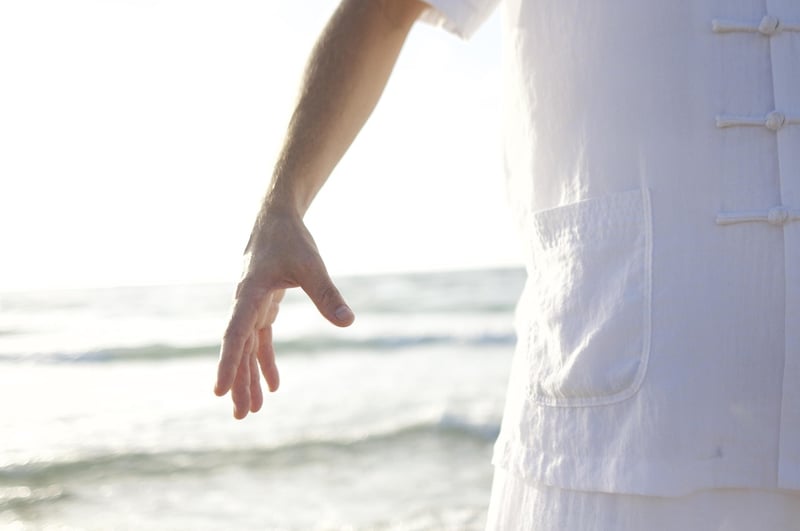Tai Chi for Health
The Art of Tai Chi: Balancing Flowing Martial Arts and Health Benefits

Tai Chi, an ancient Chinese martial art, is known for its graceful and flowing movements that promote both physical and mental well-being. Combining elements of martial arts, meditation, and traditional Chinese medicine, Tai Chi offers a holistic approach to health and wellness.
The Flowing Movements of Tai Chi
Tai Chi is characterized by slow, deliberate movements that flow seamlessly from one to the next. These gentle, circular motions are designed to improve balance, flexibility, and strength. By practicing Tai Chi, individuals can enhance their coordination and body awareness while fostering a sense of relaxation and inner peace.
The Martial Art Origins of Tai Chi
Originally developed as a martial art, Tai Chi incorporates principles of self-defense and combat techniques. Despite its martial origins, many practitioners today focus on the health benefits of Tai Chi, using it as a gentle form of exercise and stress relief.
Health Benefits of Tai Chi
- Improves balance and stability
- Enhances flexibility and joint mobility
- Strengthens muscles and bones
- Reduces stress and anxiety
- Boosts overall energy levels
- Promotes relaxation and mental clarity
Getting Started with Tai Chi
Whether you are looking to improve your physical fitness, reduce stress, or explore a new form of movement, Tai Chi can offer a range of benefits for people of all ages and fitness levels. To get started, consider finding a local Tai Chi class or instructor to guide you through the foundational movements and principles of this ancient practice.
Experience the harmony of mind and body with Tai Chi, and unlock the potential for improved health and well-being through its flowing martial art techniques.
Embrace the art of Tai Chi today and embark on a journey towards a healthier, more balanced lifestyle!

